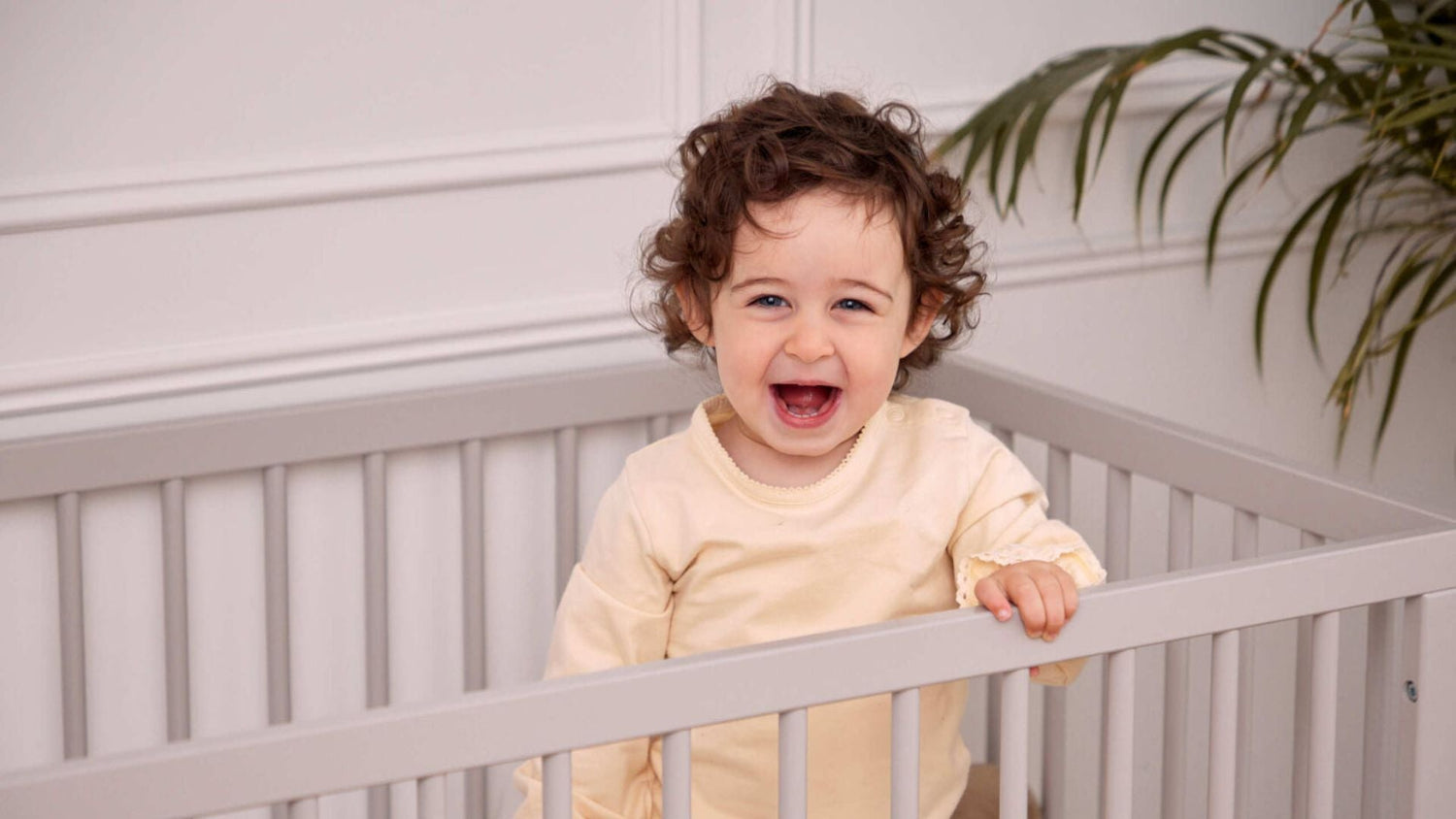Ultimately every child is different but in general, the majority of toddlers will be ready to transition to one nap somewhere between 15 and 18 months.
Whilst of course I have observed some children under one showing signs, and some older than 18 months still comfortably on 2 naps, it is in this 15-18m age profile that that this is considered that most children will be biologically ready to get through the day with just one nap.
I find that if your child is routinely sleeping through the night and begins to exhibit certain tendencies as follows, then I think that this may seem like the right time for your child.
Only one nap
If your child begins to resist their morning nap then this is a very good indication that they are ready to stay awake longer and beginning to show the signs of requiring only one nap.
The key thing to remember that when your child is ready to be on one nap, that single nap ideally starts as close to 1pm as possible.
The reason for this time seeming to be appropriate is in order to maintain a 4-5 hour awake period before bedtime that further helps to support your child’s ability to achieve and maintain their overnight sleep.
Of course, as you begin the transition, staying awake until 1pm probably feels too long and so we might start initially with a single nap at 1130am and move this by 15 minutes every 2 days so that the main nap now resides about 1pm.

Eats and drinks well
Other adjustments may include ensuring that the morning wake time is not before 6am and no later than 730am; that your child eats and drinks well, has good light exposure and activity and that lunch is over before the nap.
Temporarily you may either need a short 4pm catnap or an early 6pm bedtime, to offset overtiredness and preserve your healthy overnight time sleep.
Alternatively, many children seem keen to retain the morning nap and start to resist the 2nd nap, which is another, although different, and possibly more common symptom of readiness for one nap.
Ultimately, it is the 2nd nap that we keep and transform into a single nap and so if this is what begins to happen, I encourage that we shorten the first nap to continue to make room for the 2nd/main nap. This may mean cutting the morning from 1.5h to 1h or from 1h to 45m or from 45m to 30m depending on where you are at in the first place.
Cut the nap
Each time you cut the nap, you may get a little more time out of the 2 nap day until, the 1st nap is almost too short to be worth providing it, and then I continue as above by delaying the single nap to 1130am and then moving it as outlined.
This particular transition from 2 naps to 1, can be a challenge and although once they are ready I do try to power through as best as possible, I often revert to a power nap of 20m if your child is appearing super tired by 10am…and then I offer a 2nd nap within 3 hours or so.
Once the transition is complete, your single nap will likely remain until closer to age 3 and you will typically need to shorten the length of this nap as your child gets older and bedtime starts to take longer.
Lucy Wolfe is a Sleep consultant, Co-creational Parent and Relationship Mentor, Author of The Baby Sleep Solution and All About the Baby Sleep Solution, creator of “Sleep Through”, a natural bed and body sleep spray and relaxing rub, and Mum of four. She runs a private sleep consulting practice where she provides knowledge, expertise, and valuable support to families around the world. See www.sleepmatters.ie |+35387 2683584 or |lucy@sleepmatters.ie





